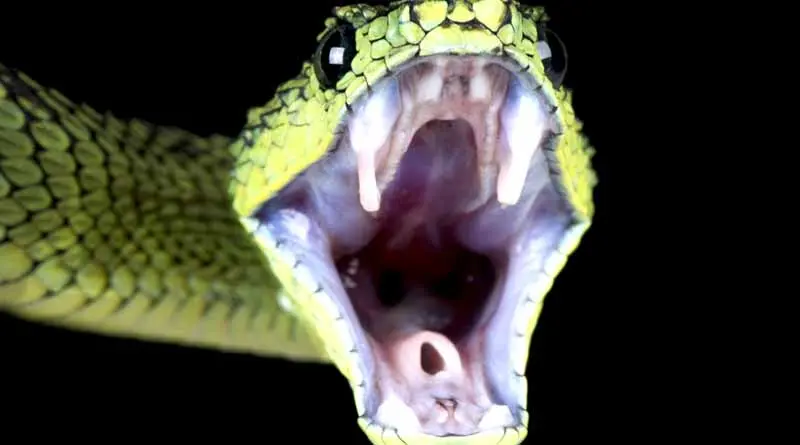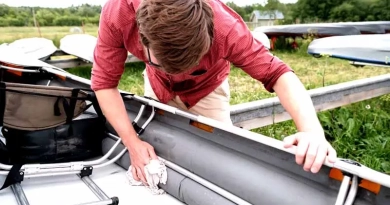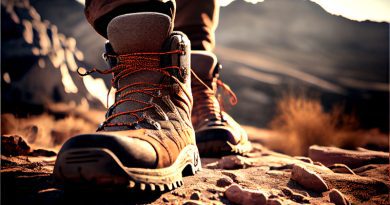
How do I treat a snake bite in a survival situation?
A Close Encounter: Treating a Snake Bite in the Wilderness
As I walked through the dense underbrush of a secluded forest trail, the sharp pain on my ankle was sudden, like a hot needle—an unexpected, chilling reminder that nature, while beautiful, is also fraught with hidden dangers. I then realized that a snake had bitten me. Alone, miles away from civilization, the question thundered in my mind: “How do I treat a snake bite in a survival situation?”
The Perils of a Snake Bite: Recognition and Immediate Response
Encountering a venomous snake and suffering a bite can be one of the most harrowing experiences in the wilderness, transforming a serene adventure into a critical emergency. The gravity of a snake bite, particularly from a venomous species, cannot be understated. It presents not only a direct threat to life due to the potent toxins delivered but also introduces a complex scenario of immediate medical decision-making.
Recognizing What You’re Up Against
The first step in managing a snake bite effectively is understanding the nature of the threat. Venomous snakes are capable of injecting toxins that can cause extensive tissue damage, disrupt neurological functions, and impair vital systems, potentially leading to death. Recognizing whether a snake is venomous or not is crucial, yet in many cases, especially in a panic situation, this can be extremely difficult. The uncertainty of not knowing whether the snake was venomous or if the bite was a ‘dry bite’ (where no venom is injected) adds a significant layer of stress and demands immediate and correct action.
Navigating Through Misinformation and Immediate Challenges
In the wilderness, where medical help is not readily available, the primary challenges include managing the limited time to counteract the potentially deadly effects of the venom, handling the shock or allergic reactions (anaphylaxis) that can rapidly worsen the victim’s condition, and preventing the spread of venom through the bloodstream. Misinformation about snake bite treatment—such as the use of tourniquets, cutting the bite site, or attempting to suck out the venom—can further exacerbate the situation. These methods, widely debunked but still perpetuated by myths and survival lore, are not only ineffective but dangerous, potentially increasing tissue damage and infection risk.
Steps for Effective Emergency Response
When medical facilities are miles away, survival hinges on immediate and proper first aid. Here’s a detailed approach to managing a snake bite effectively in the wilderness:
Remain Calm and Limit Movement: The most critical initial step is to stay as calm as possible. Panic can accelerate the heart rate, speeding the venom’s spread through the body. Keeping the bitten limb immobile and positioned lower than the heart helps slow the venom’s systemic movement.
Safety First: Do not attempt to engage further with the snake. This can lead to additional bites or further danger. If possible, take a quick photograph from a safe distance for identification purposes, which can be crucial for antivenom treatment once medical help is reached.
Avoid Tourniquets and Cuts: Do not apply a tourniquet or cut into the bite. These actions restrict blood flow and can lead to necrosis of the affected limb. They also do little to halt the spread of venom and can introduce infections.
Clean the Wound: Washing the bite area gently with soap and water helps remove any venom that remains on the skin surface, reducing the risk of secondary infection while not pushing the venom deeper into the wound.
Mark the Symptoms: Using a pen, draw around the area of swelling and note any progression along with the time of the bite. This provides valuable information to medical professionals for assessing the progression of envenomation.
Evacuate Immediately: After administering first aid, the next step is to evacuate the victim as quickly and safely as possible. If self-evacuation is required, keep the affected limb as stationary as possible to avoid increasing venom circulation.
Handling a snake bite effectively in a survival scenario requires a composed and informed approach to mitigate complications until professional medical treatment can be obtained. The wilderness demands respect and preparedness; understanding how to respond to a snake bite is an essential part of that respect.
Necessary Resources and Tools
- Smartphone or Camera: For taking a photo of the snake from a safe distance.
- Soap and Water: For cleaning the wound.
- Pen and Paper: For recording symptoms and progression.
- Compression Bandage: To gently wrap the limb and slow venom spread without stopping blood flow completely.
- GPS or Communication Device: To call for help and assist rescuers in locating you.
As I sat waiting for help, the pain throbbing through my ankle, I reflected on the importance of knowledge and preparedness. Understanding how to treat a snake bite in the wilderness is not just about survival but about minimizing panic and damage during those critical moments. It’s a stark reminder of the respect we must have for the natural world and its inhabitants, some of which are as dangerous as they are integral to the ecological balance. In the wild, every step counts, and every encounter, however frightening, is a lesson in survival.






